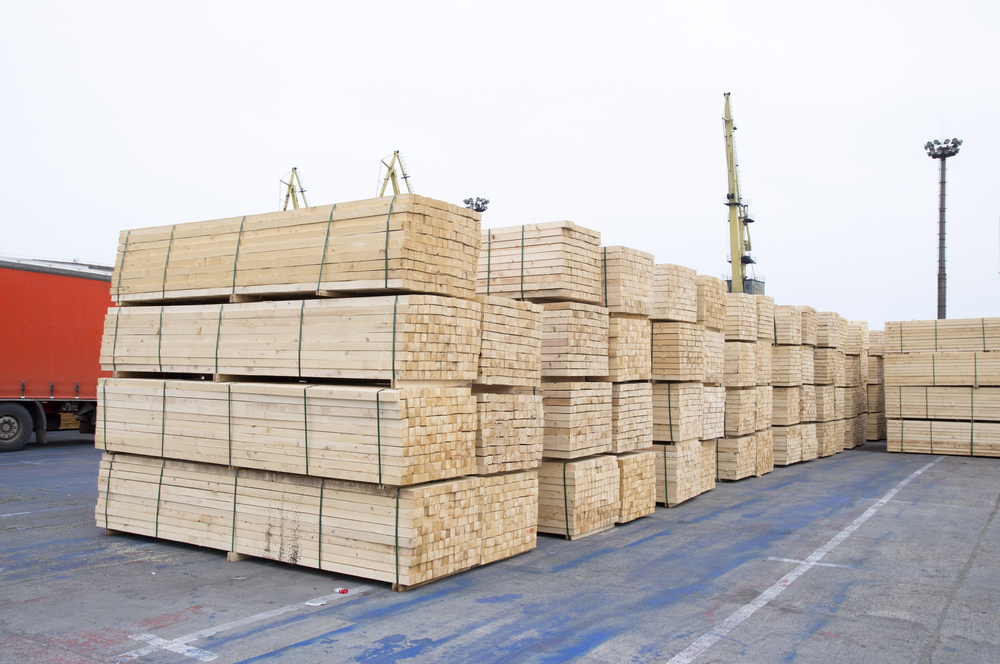Global trade of softwood lumber fell about 10% in the first half of 2022 compared to the same period in 2021. Most of the decline was driven by lower lumber demand in China, the US, and Germany. The slowdown in lumber consumption worldwide came at an opportune time since European countries, North America, and Asia boycotted Russian forest products after the country invaded Ukraine. As a result, Russia's lumber exports fell by over 30% y-o-y during the first six months of 2022 and are expected to fall further in the year's second half, according to Wood Resource Quarterly.
North America
A weakening in wood demand and sharply falling lumber prices reduced operating rates throughout North America during the spring and summer months. The most significant declines in production were seen in British Columbia and Western US.
Average prices for southern yellow pine and spruce/pine/fir in western and eastern Canada fell by about 50% from March to July 2022. Despite the recent price plunge, it is essential to note that the current price levels are close to their five-year averages and 15-30% higher than the average prices over the past ten years.
Europe
Russia's invasion of Ukraine and the boycott of Russian forest products created much uncertainty in the European lumber market. Many expected that lumber flows from the east into Europe would halt reasonably quickly. As a response, buyers started to build inventories with the expectation that supply would get tighter in the year's second half, according to Wood Resource Quarterly. However, this short-term demand upswing promptly faded, and lumber prices softened in early summer.
Lumber exports from the Nordic countries fell about five percent y-o-y during the first five months (the latest available statistics). In addition, shipments to China took a big hit, with about 30% less imported in the 2Q 2022 than in the 1Q 2022. As a result, volumes in the 2Q 2022 were close to being the lowest in seven years.
China
In 2019, China was the world's largest importer of softwood lumber, importing just over 27 million m3. However, in the following two years, import volumes fell 44%, and imports in 2022 are on pace to reach their lowest levels in ten years as demand has fallen in the construction sector. The lumber volume from Russia declined the most from 2021 to 2022, but Ukraine, Canada, and Chile are the countries that lost the most significant amounts in market shares.
Average import values have remained relatively stable in 2022, with 2Q/22 lumber prices averaging $260/m3, up from $255/m3 in the previous quarter. It is important to note that, in the past, Russian lumber prices in China were typically lower than those of Canada and the Nordic Countries - in 2022, they have been practically the same.
Japan
Japan decreased the importation of lumber from 6.1 million m3 in 2017 to an estimated 4.7 million m3 in 2021. The importation of sawlogs for domestic sawmills has also declined over the same period, with local logs being used increasingly instead. The Japan Lumber Journal reports that the domestic share of total log consumption is now almost 80%.
However, during the first half of 2022, the declining lumber import trend turned around, with volumes increasing 18% y-o-y. Most of the increase was in shipments from Finland, Sweden, Chile, and Russia, while Canada reduced supply the most because of solid demand and higher prices for lumber in the US.
